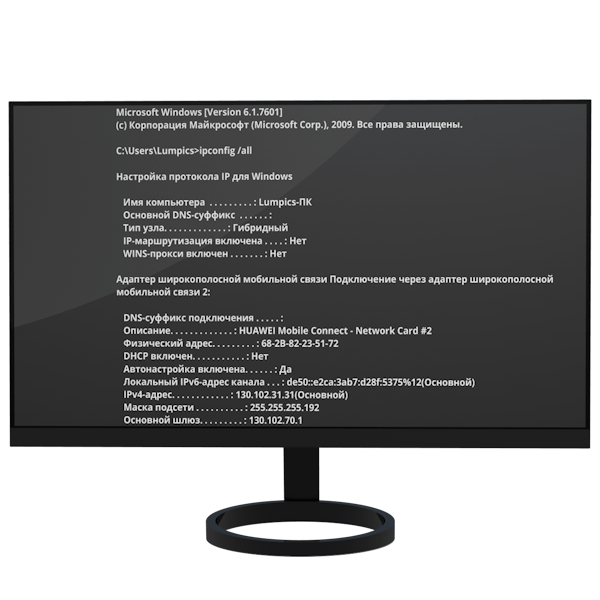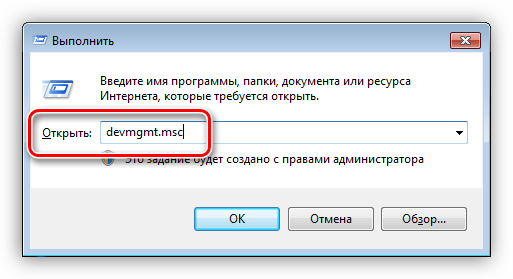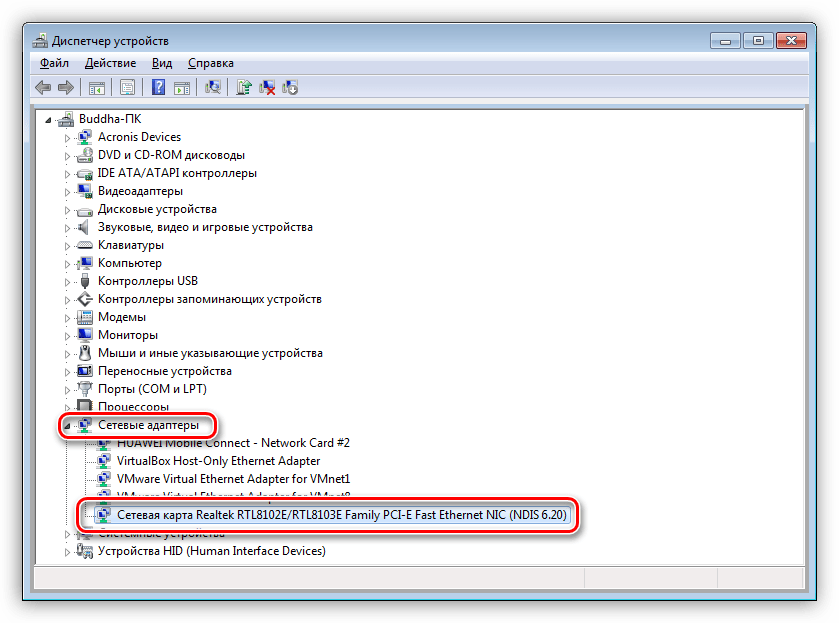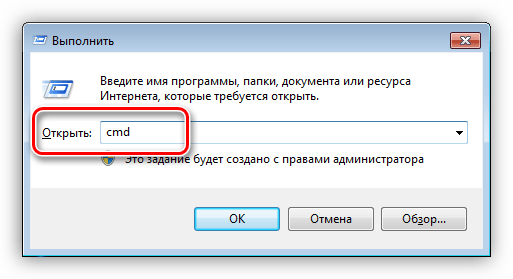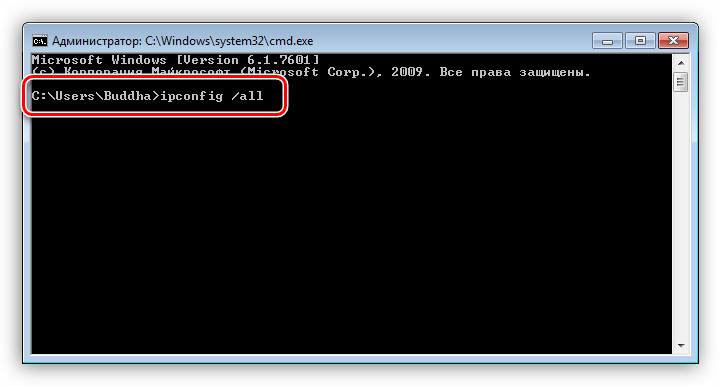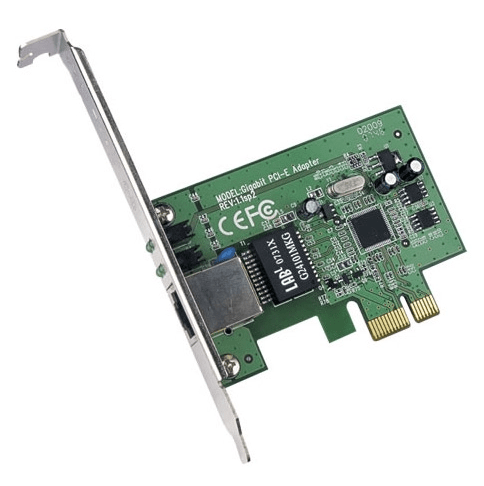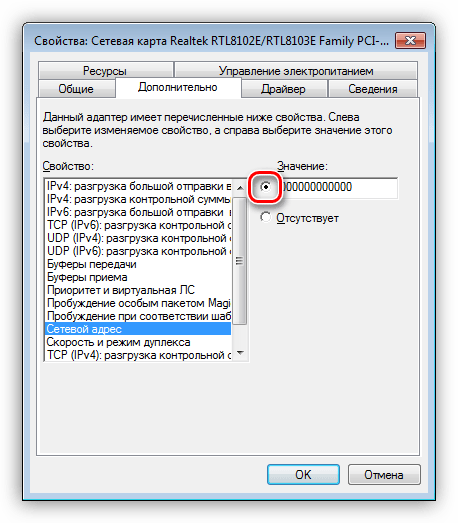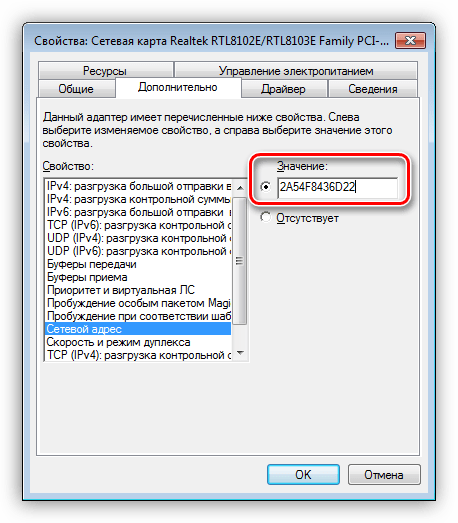Как узнать Hardware ID для устройства Windows
Любое аппаратное средство имеет ID, определяющий устройство (Hardware ID). Такой идентификатор позволяет операционным системам распознавать устройства и устанавливать необходимое для них программное обеспечение. В Windows это означает, что для аппаратных средств устанавливается драйвер устройства. Идентификатор аппаратного обеспечения определяет тип шины устройства, производителя (продавца) и само устройство. В некоторых случаях дополнительные подсистемные идентификаторы предоставляют информацию о различиях между разновидностями устройства.
Поэтому когда вы ищите драйвер устройства для определенного аппаратного обеспечения, вам стоит узнать его ID. Идентификатор расскажет вам о производителе аппаратного средства и поможет определить необходимый драйвер для устройства.
Диспетчер устройств Windows
ID аппаратного обеспечения для устройства (Hardware ID) в Windows можно найти с помощью Диспетчера устройств Windows. Для этого необходимо осуществить следующие действия:
Зайдите в Панель управления и откройте Диспетчер устройств. Вы также можете ввести комбинацию “devmgmt.msc” в поисковую строку Пуска.
В окне Диспетчера устройств правой кнопкой мыши щелкните на устройство и в сплывающем меню выберете Свойства.
Далее перейдите к вкладке Сведения.
Теперь в появившемся списке выберете Hardware ID.
Как можно увидеть из скриншота, существует множество Hardware ID. Самый верхний идентификатор дает более точную информацию, другие вниз по убыванию – предоставляют более общие данные. Это делается для того, чтобы драйвер устройства выбирался на основе совпадений с идентификаторами аппаратного обеспечения.
В этом примере производителем аппаратного обеспечения является Realtek, который идентифицируется драйвером VEN_10EC.
Очевидно, что это устройство уже включает установленный драйвер: здесь указаны производитель и модель устройства, однако ID аппаратного обеспечения доступен и для неизвестных, неопознанных устройств.
Программы поиска драйвера используют ID аппаратного обеспечения и совместимые ID для определения драйвера для устройства.
Узнаем ID компьютера
Узнаем ID ПК
Идентификатор компьютера – это его физический адрес MAC в сети, а точнее, его сетевой карты. Этот адрес уникален для каждой машины и может быть использован администраторами или провайдерами в различных целях – от удаленного управления и активации ПО до запрета доступа в сеть.
Узнать свой MAC-адрес довольно просто. Для этого существует два пути – «Диспетчер устройств» и «Командная строка».
Способ 1: «Диспетчер устройств»
Как уже было сказано выше, ID – это адрес конкретного устройства, то есть сетевого адаптера ПК.
- Идем в «Диспетчер устройств». Получить к нему доступ можно из меню «Выполнить» (Win+R), набрав команду
Открываем раздел «Сетевые адаптеры» и ищем название своей карты.
Дважды кликаем по адаптеру и, в открывшемся окне, переходим на вкладку «Дополнительно». В списке «Свойство» нажимаем на пункт «Сетевой адрес» и в поле «Значение» получаем MAC компьютера.
Если по каким-то причинам значение представлено в виде нулей или переключатель стоит в положении «Отсутствует», то определить ID поможет следующий способ.
Способ 2: «Командная строка»
С помощью консоли Windows можно совершать различные действия и выполнять команды без обращения к графической оболочке.
- Открываем «Командную строку» с помощью все того же меню «Выполнить». В поле «Открыть» набираем
Откроется консоль, в которой нужно прописать следующую команду и нажать ОК:
Система выдаст список всех сетевых адаптеров, в том числе и виртуальных (мы их видели в «Диспетчере устройств»). Для каждого будут указаны свои данные, в том числе и физический адрес. Нас интересует тот адаптер, с помощью которого мы подключены к интернету. Именно его MAC видят те люди, которым он нужен.
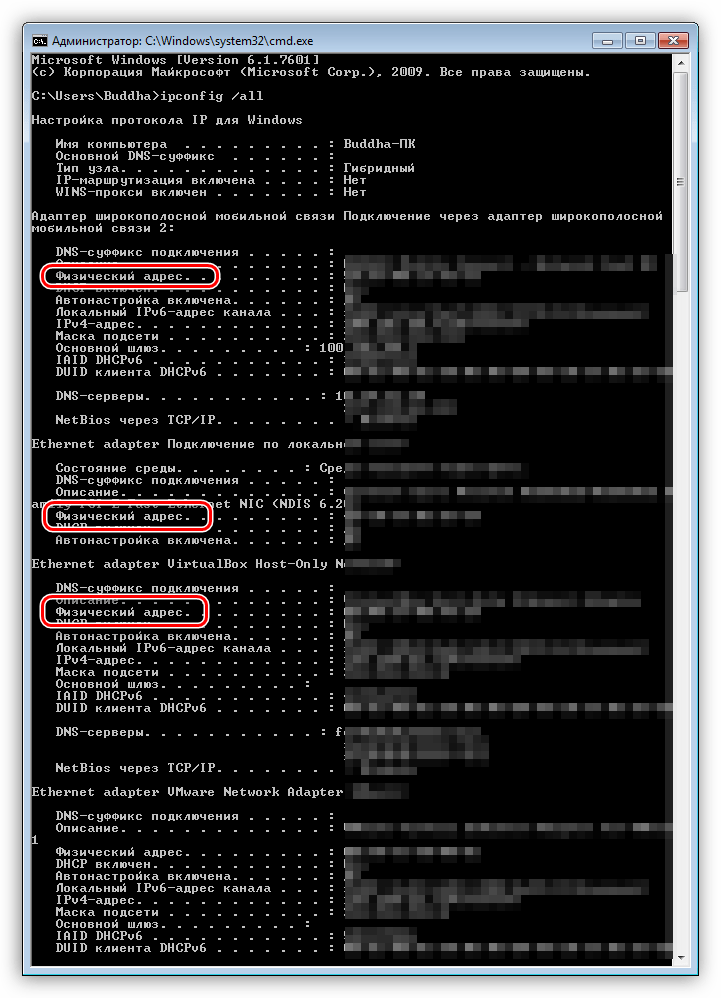
Смена ID
Поменять MAC-адрес компьютера несложно, но здесь есть один нюанс. Если ваш провайдер предоставляет какие-либо услуги, настройки или лицензии на основании ID, то связь может быть нарушена. В этом случае придется сообщить ему о смене адреса.
Способов смены MAC-адресов несколько. Мы поговорим о самых простых и проверенных.
Вариант 1: Сетевая карта
Это наиболее очевидный вариант, так как при замене сетевой карты в компьютере меняется и ID. Это касается и тех устройств, которые выполняют функции сетевого адаптера, например, Wi-Fi модуль или модем.
Вариант 2: Системные настройки
Данный способ заключается в простой замене значений в свойствах устройства.
- Открываем «Диспетчер устройств» (см. выше) и находим свой сетевой адаптер (карту).
- Кликаем дважды, переходим на вкладку «Дополнительно» и ставим переключатель в положение «Значение», если это не так.
Далее необходимо прописать адрес в соответствующее поле. MAC представляет собой набор из шести групп шестнадцатеричных чисел.
Здесь тоже есть нюанс. В Windows существуют ограничения на присвоение адаптерам адресов, «взятых из головы». Правда, есть и хитрость, позволяющая этот запрет обойти – воспользоваться шаблоном. Их четыре:
Вместо звездочек следует подставить любое шестнадцатиричное число. Это цифры от 0 до 9 и буквы от A до F (латинские), всего шестнадцать символов.
Вводить MAC-адрес следует без разделителей, в одну строку.
После перезагрузки адаптеру будет присвоен новый адрес.
Заключение
Как видите, узнать и заменить ID компьютера в сети довольно несложно. Стоит сказать, что без крайней надобности этим заниматься не желательно. Не хулиганьте в сети, чтобы не быть заблокированными по MAC, и все будет хорошо.
Specifying Hardware IDs for a Computer
Devices and Printers recognizes the computer as a device container. As a result, the computer can be identified within a device metadata package by using a HardwareID XML element that specifies a unique hardware ID value. This hardware ID value for the computer (sometimes referred to as a computer hardware ID, or CHID) can specify a combination of the System Management BIOS (SMBIOS) field data.
Unlike hardware IDs for other device containers, the hardware ID for the computer is generated by Windows every time the system boots. The hardware IDs for a computer can be generated by running the ComputerHardwareIds tool (ComputerHardwareIDs.exe), which is included in the Windows Driver Kit (WDK) for Windows 7, Windows 8 and Windows 8.1. Beginning with Windows 10, the ComputerHardwareIds tool is included in the Software Development Kit (SDK).
The ComputerHardwareIds tool generates a set of hardware IDs for the computer that is based on information from the fields in the system’s System Management BIOS (SMBIOS). The following table describes these SMBIOS fields.
| Field name | Structure name and type | SMBIOS specification version | Offset | Length | Value | Description |
|---|---|---|---|---|---|---|
| Manufacturer | System Information (Type 1) | 2.0+ | 04h | BYTE | STRING | The index of a null-terminated string within the dmiStrucBuffer array. This string specifies the name of the computer manufacturer. |
| Family | System Information (Type 1) | 2.4+ | 1Ah | BYTE | STRING | The index of a null-terminated string within the dmiStrucBuffer array. This string specifies the family to which a particular computer belongs. A family refers to a set of computers that are similar but not identical from a hardware or software point of view. Typically a family is composed of different computer models, which have different configurations and pricing points. Computers in the same family often have similar branding and cosmetic features. |
| Product Name | System Information (Type 1) | 2.0+ | 05h | BYTE | STRING | The index of a null-terminated string within the dmiStrucBuffer array. This string specifies the product name of the computer. |
| Vendor | BIOS Information (Type 0) | 2.0+ | 04h | BYTE | STRING | The index of a null-terminated string within the dmiStrucBuffer array. This string specifies the name of the BIOS vendor. |
| BIOS Version | BIOS Information (Type 0) | 2.+0 | 05h | BYTE | STRING | The index of a null-terminated string within the dmiStrucBuffer array. This string can contain information about the processor core and OEM version. |
| System BIOS Major Release | BIOS Information (Type 0) | 2.4+ | 14h | BYTE | Varies. | The major release of the system BIOS. |
| System BIOS Minor Release | BIOS Information (Type 0) | 2.4+ | 15h | BYTE | Varies | The minor release of the system BIOS. |
| Enclosure type | System Enclosure (Type 3) | 2.0+ | 05h | BYTE | Varies | The system enclosure or chassis types. |
| SKU Number | SKU Number (Type 1) | 2.4+ | 19h | BYTE | STRING | The identification of a particular computer configuration for sale. |
| Baseboard Manufacturer | Manufacturer (Type 2) | 04h | BYTE | STRING | Number of null-terminated string. This string identifies the Manufacturer of the Baseboard, where the Baseboard – Board Type is 0Ah (Motherboard). | |
| Baseboard Product | Product (Type 2) | 05h | BYTE | STRING | Number of null-terminated string. This string identifies the Product name of the Baseboard, where the Baseboard – Board Type is 0Ah (Motherboard). |
For more information about the dmiStrucBuffer array and the SMBIOS fields, see the System Management BIOS (SMBIOS) specification on the Distributed Management Task Force (DMTF) website.
When the ComputerHardwareIds tool runs, it creates unique hardware IDs from the SMBIOS information. Each hardware ID is a GUID and is created by concatenating the values from the SMBIOS fields.
The following tables show the SMBIOS fields used to form each hardware ID in WindowsВ 7, WindowsВ 8, WindowsВ 8.1, and WindowsВ 10.
ImportantВ В Each Computer HardwareID is only generated if each individual SMBIOS field used to generate the HardwareID is populated in the SMBIOS data for the system.
| HWID | WindowsВ 7 |
|---|---|
| HardwareID-0 | Manufacturer + Family + Product Name + Vendor + BIOS Version + System BIOS Major Release + System BIOS Minor Release |
| HardwareID-1 | Manufacturer + Product Name + BIOS Vendor + BIOS Version + System BIOS Major Release + System BIOS Minor Release |
| HardwareID-2 | Manufacturer + Family + ProductName |
| HardwareID-3 | Manufacturer + ProductName |
| HardwareID-4 | Manufacturer + Family |
| HardwareID-5 | Manufacturer + Enclosure Type |
| HardwareID-6 | Manufacturer |
| HWID | WindowsВ 8, WindowsВ 8.1 |
|---|---|
| HardwareID-0 | Manufacturer + Family + Product Name + SKU Number + BIOS Vendor + BIOS Version + BIOS Major Release + BIOS Minor Release |
| HardwareID-1 | Manufacturer + Family + Product Name + BIOS Vendor + BIOS Version + BIOS Major Release + BIOS Minor Release |
| HardwareID-2 | Manufacturer + Product Name + BIOS Vendor + BIOS Version + BIOS Major Release + BIOS Minor Release |
| HardwareID-3 | Manufacturer + Family + ProductName + SKU Number |
| HardwareID-4 | Manufacturer + Family + ProductName |
| HardwareID-5 | Manufacturer + SKU Number |
| HardwareID-6 | Manufacturer + ProductName |
| HardwareID-7 | Manufacturer + Family |
| HardwareID-8 | Manufacturer + Enclosure Type |
| HardwareID-9 | Manufacturer |
| HWID | WindowsВ 10 |
|---|---|
| HardwareID-0 | Manufacturer + Family + Product Name + SKU Number + BIOS Vendor + BIOS Version + BIOS Major Release + BIOS Minor Release |
| HardwareID-1 | Manufacturer + Family + Product Name + BIOS Vendor + BIOS Version + BIOS Major Release + BIOS Minor Release |
| HardwareID-2 | Manufacturer + Product Name + BIOS Vendor + BIOS Version + BIOS Major Release + BIOS Minor Release |
| HardwareID-3 | Manufacturer + Family + Product Name + SKU Number + Baseboard Manufacturer + Baseboard Product |
| HardwareID-4 | Manufacturer + Family + Product Name + SKU Number |
| HardwareID-5 | Manufacturer + Family + Product Name |
| HardwareID-6 | Manufacturer + SKU Number + Baseboard Manufacturer + Baseboard Product |
| HardwareID-7 | Manufacturer + SKU Number |
| HardwareID-8 | Manufacturer + Product Name + Baseboard Manufacturer + Baseboard Product |
| HardwareID-9 | Manufacturer + Product Name |
| HardwareID-10 | Manufacturer + Family + Baseboard Manufacturer + Baseboard Product |
| HardwareID-11 | Manufacturer + Family |
| HardwareID-12 | Manufacturer + Enclosure Type |
| HardwareID-13 | Manufacturer + Baseboard Manufacturer + Baseboard Product |
| HardwareID-14 | Manufacturer |
Each hardware ID string is converted into a GUID by using the SHA-1 hashing algorithm.
Using Computer HardwareIDs with PC Device Metadata packages
For WindowsВ 7 systems, we highly recommend that vendors do the following when selecting a hardware ID value to use as the HardwareID XML element value for the computer.
Use HardwareID-3 or HardwareID-4 as the first choice if the device metadata package matches a computer that has a specific make, family, and model. This allows a metadata package to match the specified computer, which provides the most precise metadata for the computer.
Use HardwareID-5, as the second choice if the device metadata package covers the entire family of computers. In this case, the computer family is unique and is not branded with more than one product line.
Use HardwareID-6 or HardwareID-7 as the third choice if the device metadata package covers all of your computers or those computers with a specific enclosure type.
NoteВ В For WindowsВ 7 PC Device Metadata, do not use HardwareID-1 or HardwareID-2 for the computer’s hardware ID. Hardware ID-1 or HardwareID-2 is reserved for future use.
Note  For Windows 8 PC Device Metadata, we strongly recommend that vendors not use HardwareID-1, HardwareID-2, HardwareID-3 for the computer’s hardware ID. HardwareID-1, HardwareID-2, HardwareID-3 are reserved for future use. Instead, vendors can use HardwareID-4, HardwareID-5, HardwareID-6, HardwareID-7, HardwareID-8, HardwareID-9, and HardwareID-10.
To specify that the hardware ID is for a computer device container, use the following rules:
Delimit the hardware ID string with ‘<' and '>‘ characters.
Add the prefix ‘ComputerMetadata\’ in front of the hardware ID string.
The following is an example of a HardwareID XML element for the computer:
For more information about the format requirements of the HardwareID XML element, see HardwareID.

